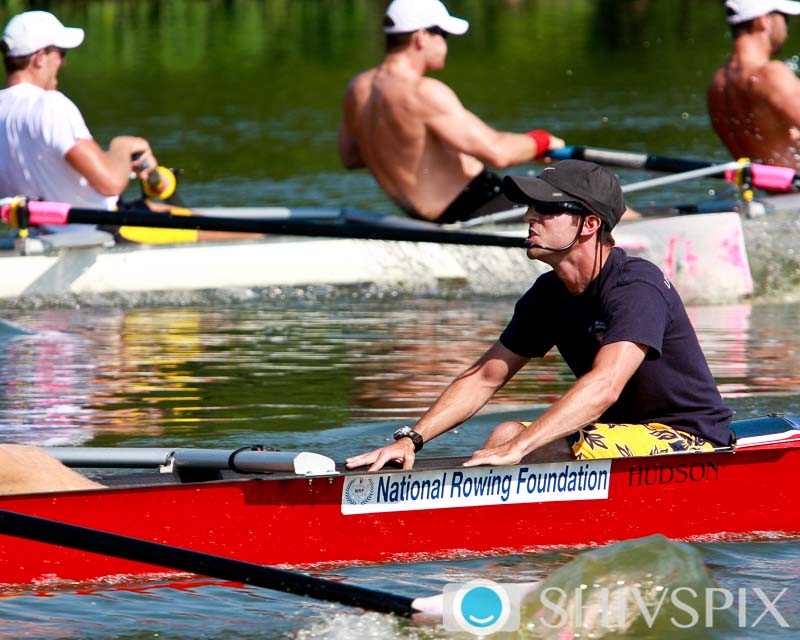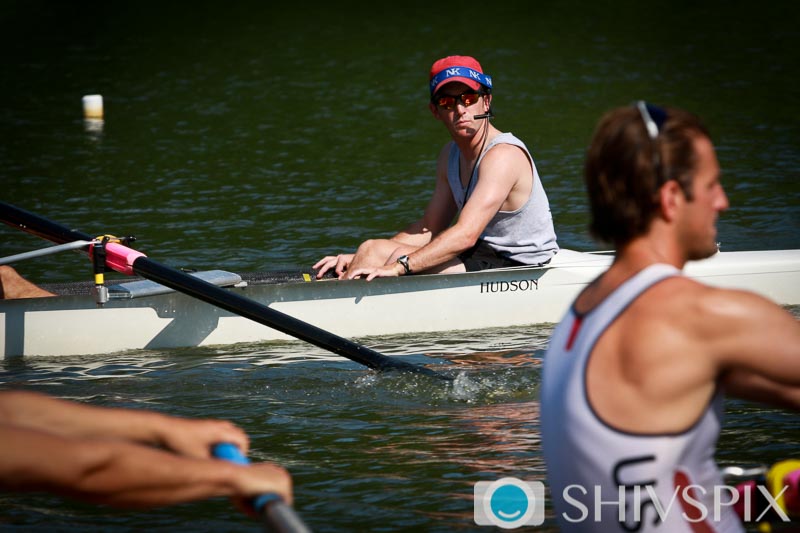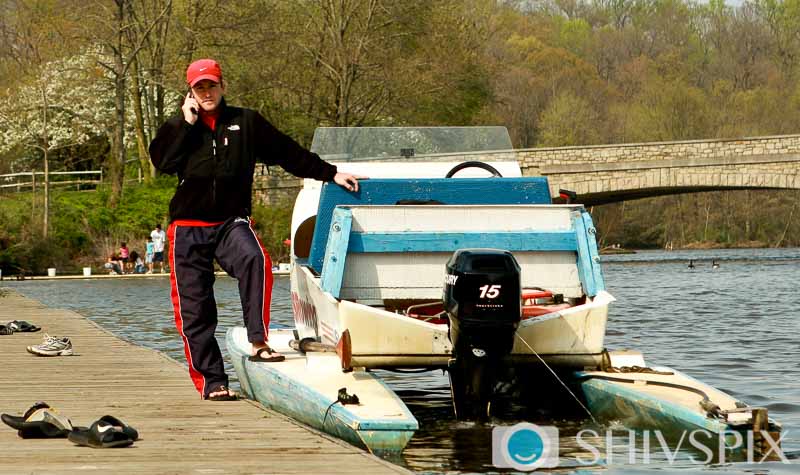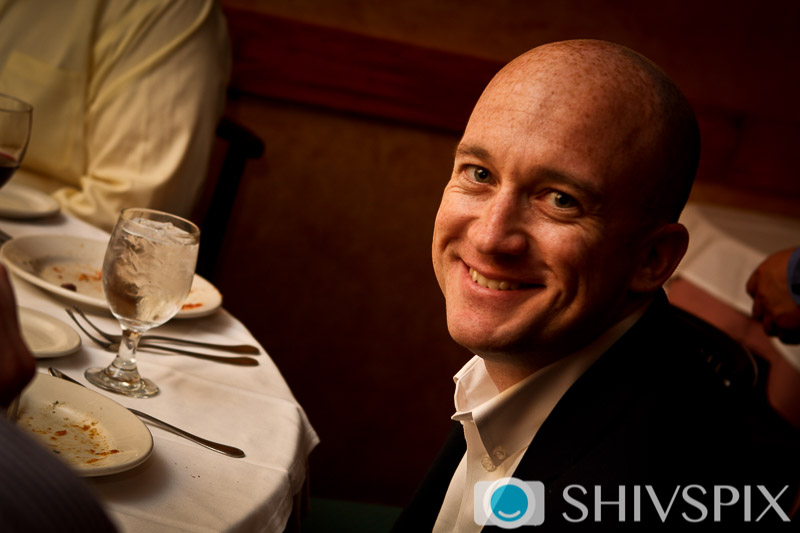At the elite level, there are two responsibilities that all coxswains must do all the time, and those are to be at weight (55.0 kg) and to steer straight. Those two tasks don’t sound terribly difficult but not all coxswains naturally weigh 121.25 lbs and steering a 60 ft boat with a rudder that is smaller than a credit card can be tricky, especially if the wind and water conditions are less than ideal.
Aside from that, when we are in the boat we are responsible for running drills, making technique and rhythm calls, keeping track of distance covered, monitoring the speed of the boat, listening to feedback from the coach and rowers, and working with other coxswains to keep all the boats on the same page. That’s more or less what we are doing when we’re actually in the boat.

Outside the boat, our responsibilities will vary but at the elite level, we spend a majority of our time outside the boat since the rowers spend a majority of the time rowing in coxless boats (fours and pairs). Pretty much every coxswain at the elite level is required to be a Microsoft Excel whiz since we are usually responsible for recording and reporting times (from erg workouts to water workouts and everything in between).
A few other things that a lot of coaches will rely on the coxswain for include fixing anything that breaks (from ergs to boats to any exercise equipment imaginable), acting as a liaison to the rowers (I can’t tell you how many times I get a 5 am text telling me to “spread the word that practice has been moved to…”), and rigging. By rigging, I don’t mean slapping a set of riggers on a boat and tightening them down, I mean every aspect of rigging a boat: foot angle, foot height, oarlock pitch and lean-in, oarlock height, seat height, rigger spacing, distance from pin to toe and pin to back wheel, everything. For an MIT graduate, I can’t really complain about the rigging side of things because I’m a numbers guy and an engineer at heart but trust me, rigging is a process that can take hours and be very frustrating at times.
In a nut shell, I guess I’ve covered most of what national team coxswains do when we’re on the clock (at the boathouse or on the water). With any team sport, there are many things that go into the role of any individual on the team and this is especially true for any athlete who is being selected to the team by their fellow athletes as well as their coaches.
– Stephen Young
Enjoy reading this? Read the full collection of coxswain tips.
Interested in taking an even deeper look at how national team athletes train and race? Check out The Longest Odds.

Stephen Young
Stephen graduated from MIT in June of 2009 with a BS in Mechanical Engineering. Before he began his rowing career, he also competed on the United States Junior Sailing Team, representing the US at the European and South American Championships. Stephen competed in both the lightweight eight and coxed pair at the World Rowing Championships.
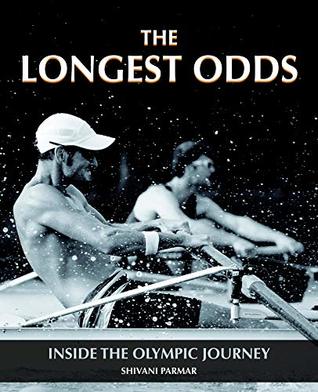
The Longest Odds
Go behind the scenes of the Olympic Journey with The Longest Odds, a photo-documentary that goes inside the Beijing and London Olympic journey of the US Olympic rowing team.
This book illustrates what you do not see on television – it’s a raw look at what athletes go through during their years-long journeys much before anything appears on television.
The Longest Odds allows us to see those highs and lows, the conflicts, joy, exhaustion, elation, fear – and most of all, the bonds of friendship being indelibly forged.
More galleries you may be interested in
Ned DelGuercio Shares Tips on Coxing a 2k
Anything that comes through your microphone should be useful information. Thinking out loud can make you a liability to your crew’s performance.
Marcus McElhenney’s Tips for When You’re Behind
Remember the rowers are listening to you and no matter what the situation you can always take a positive tone.
Losing weight as a coxswain
Team USA coxswain Pete Cipollone shares his thoughts on losing weight as a coxswain


